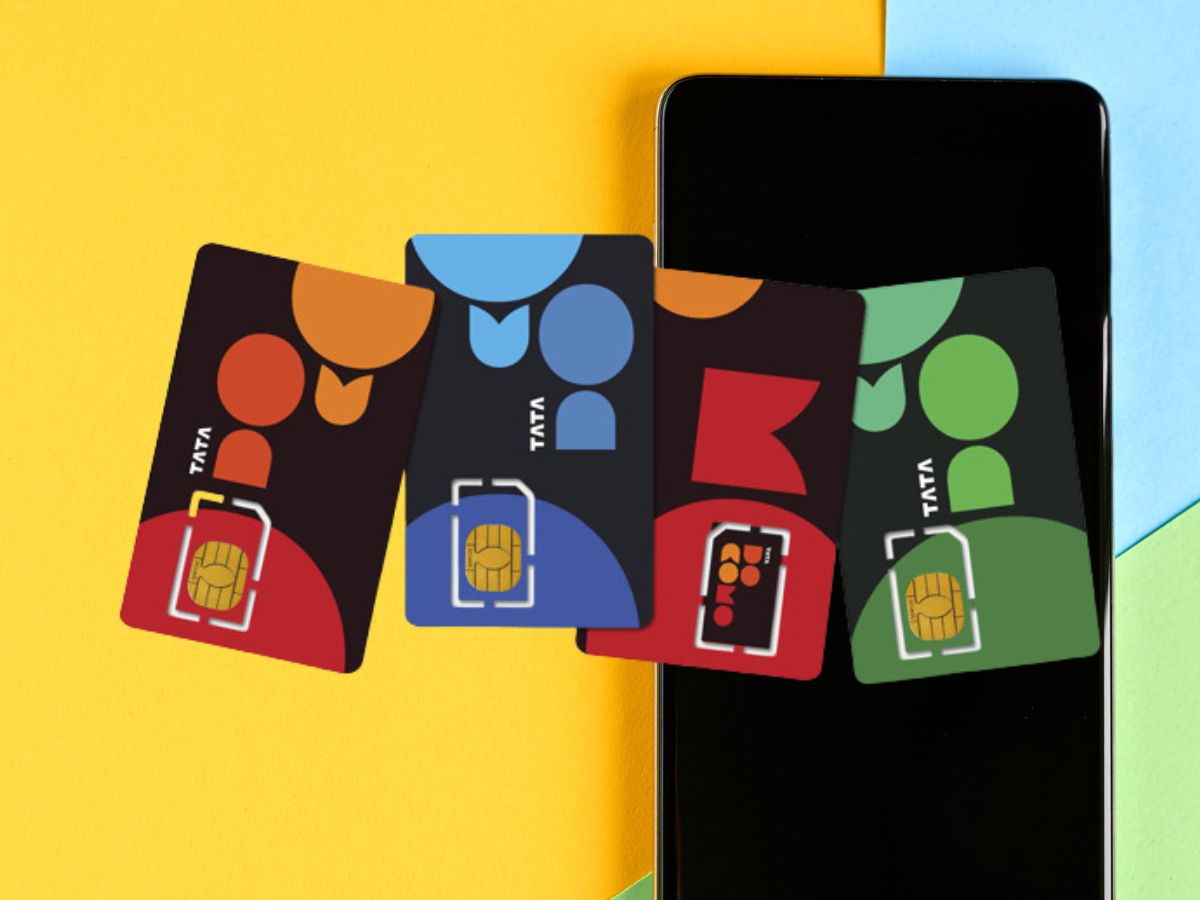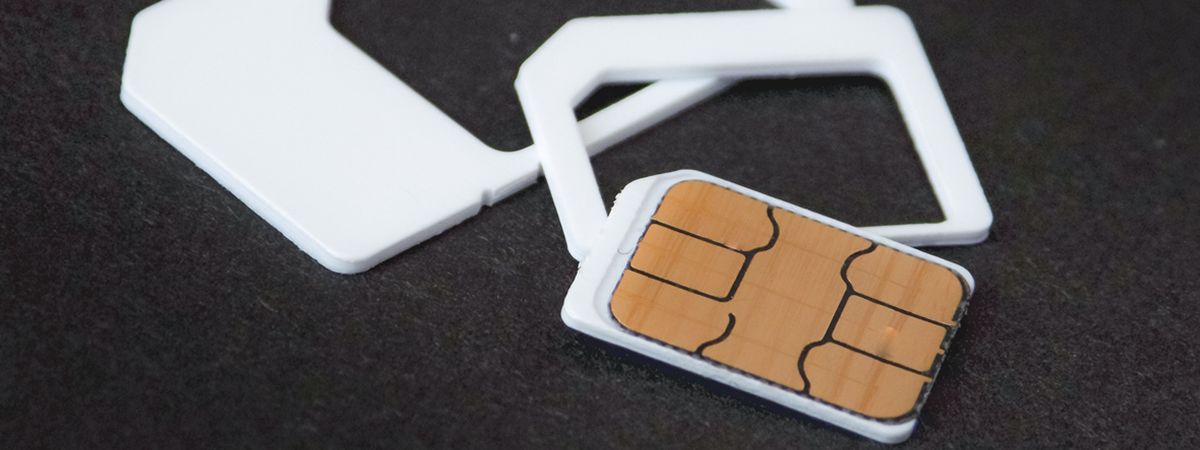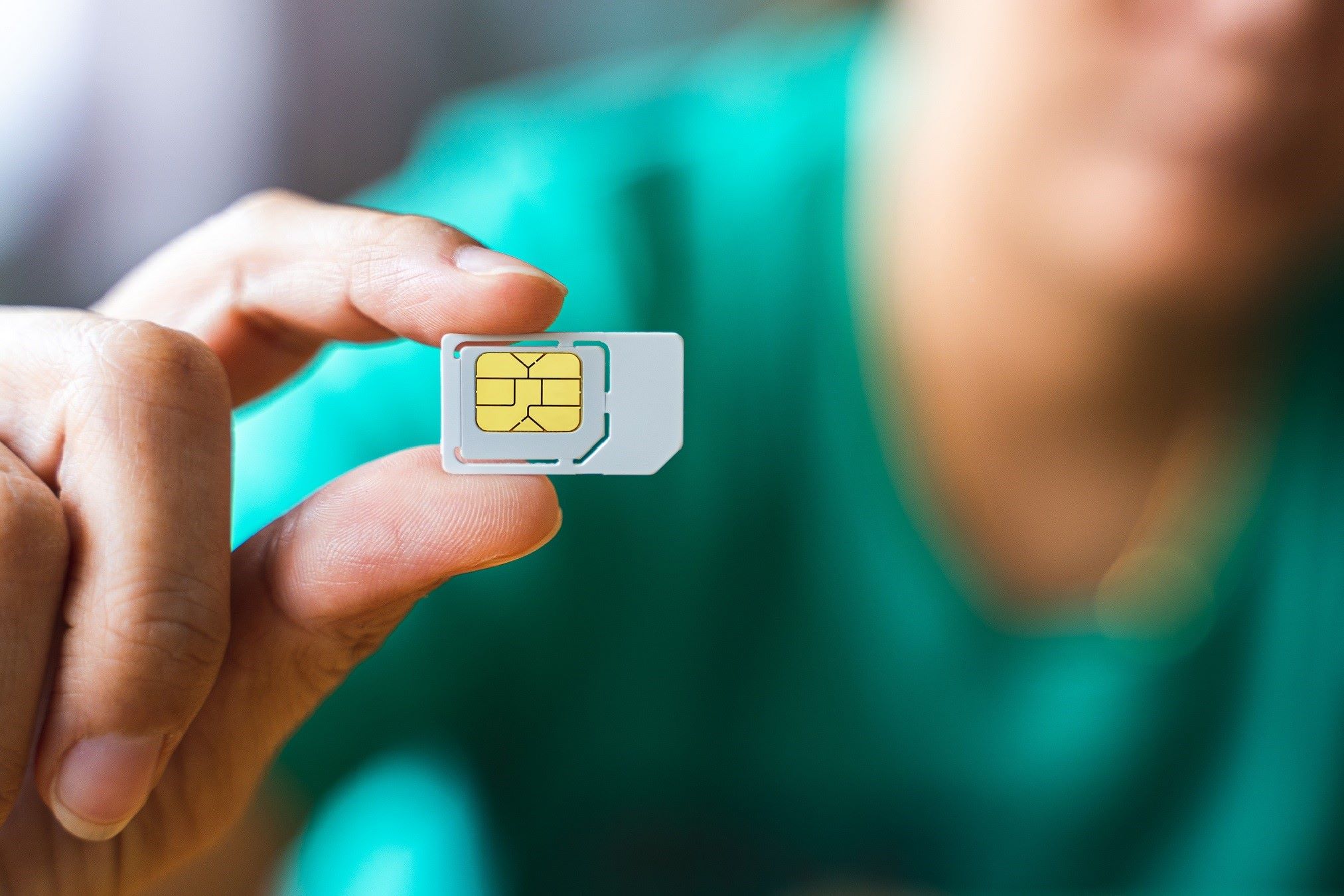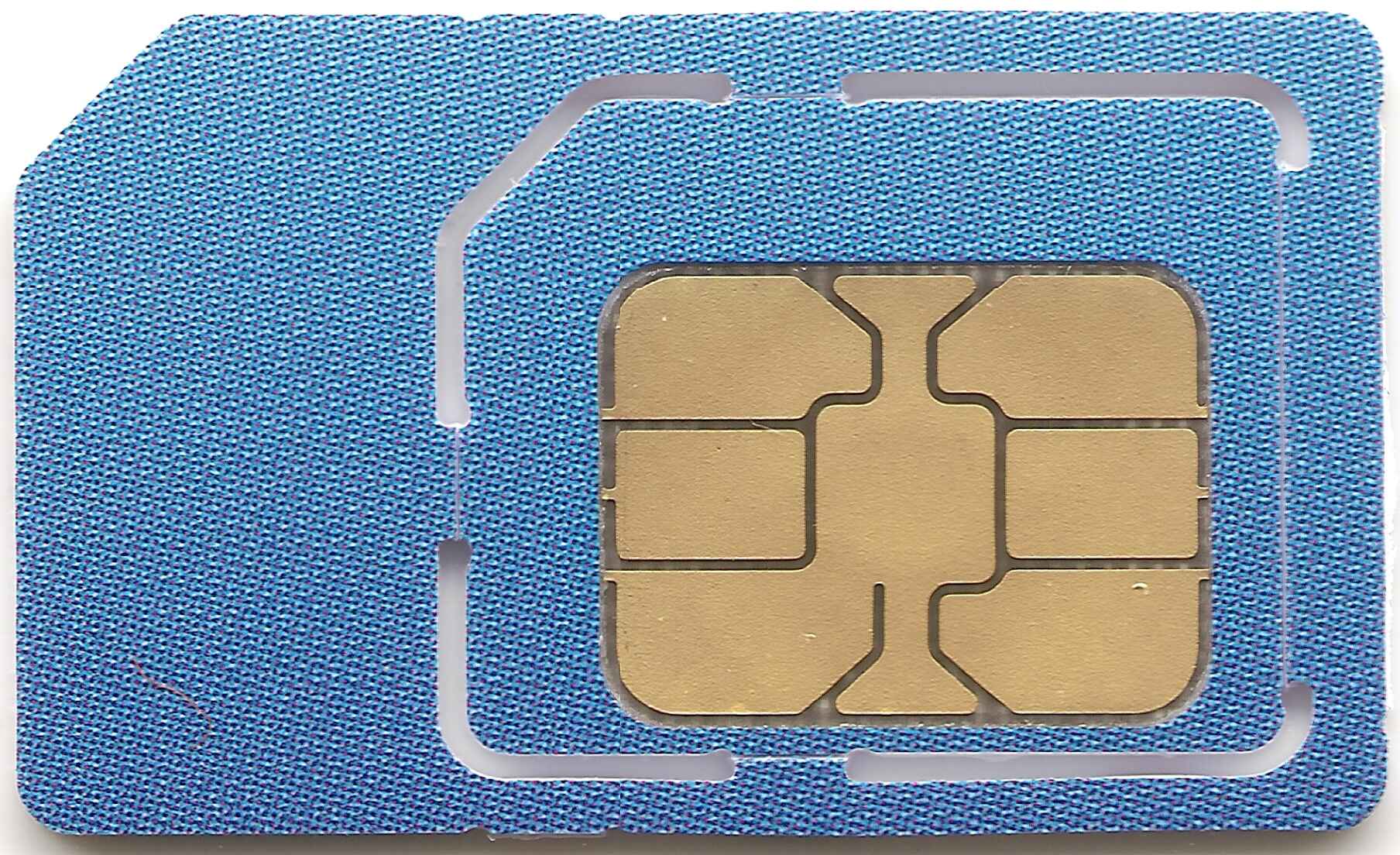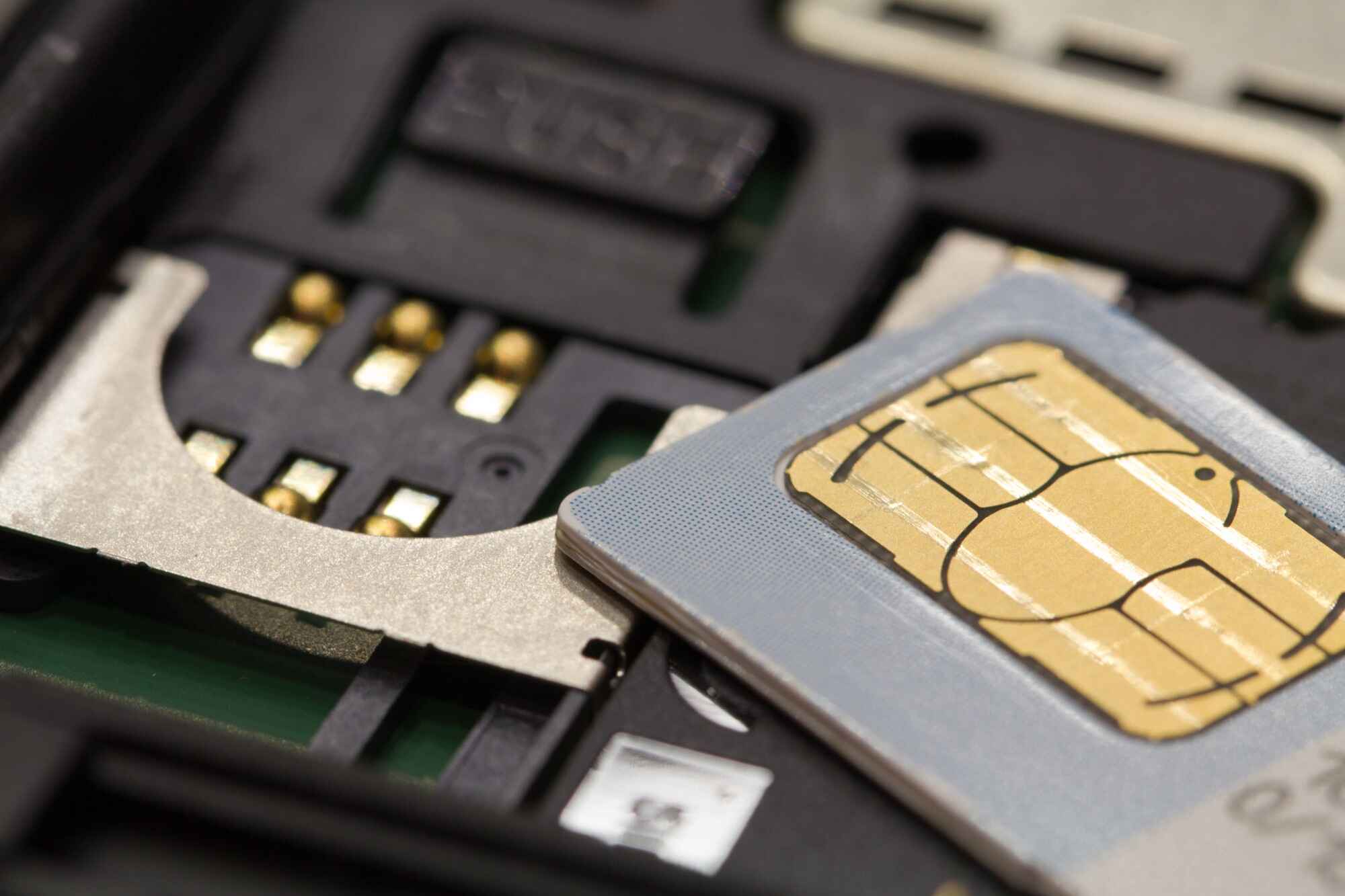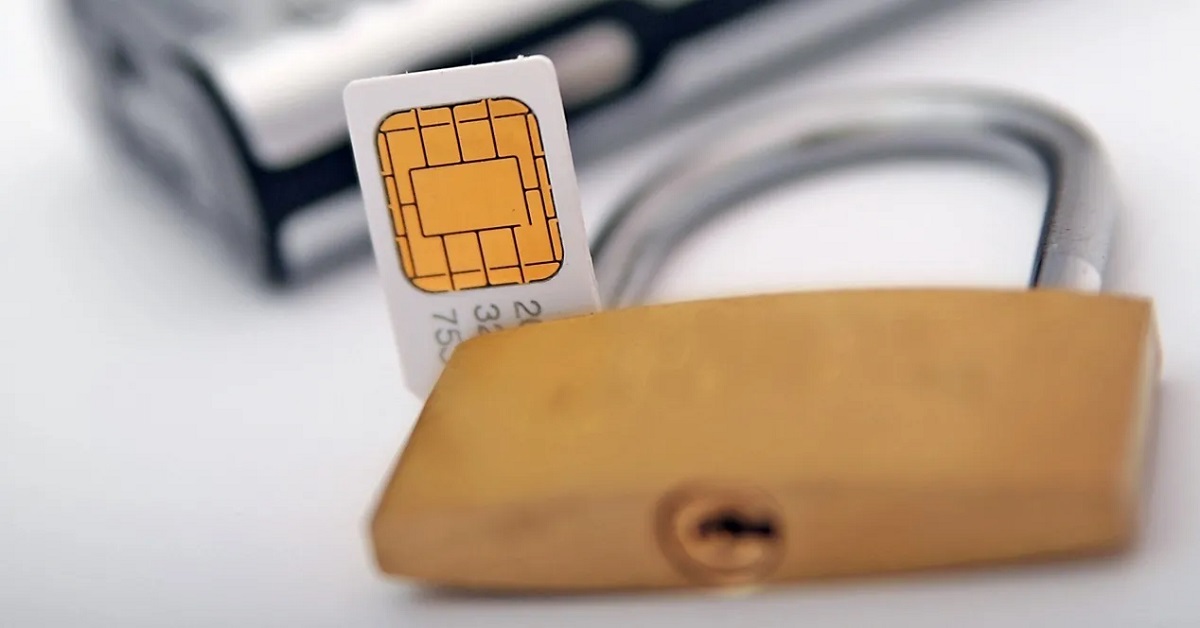Introduction
In today's fast-paced world, mobile devices have become an integral part of our daily lives, serving as our primary means of communication, entertainment, and productivity. However, the convenience and connectivity offered by these devices also come with the risk of theft, loss, or unauthorized usage. In such unfortunate events, it is crucial to take immediate action to safeguard your personal information and prevent unauthorized usage of your mobile services. One effective measure to address this concern is to block your SIM card.
Blocking a SIM card prevents unauthorized access to your mobile network, ensuring that your device cannot be used for calls, messages, or data usage. This proactive step not only secures your personal data but also prevents unauthorized charges that may occur if your device falls into the wrong hands.
In this comprehensive guide, we will walk you through the step-by-step process of blocking a SIM card. From contacting your service provider to verifying your identity and requesting the block, we will cover all the essential aspects to help you navigate this process with ease and confidence. Additionally, we will discuss the importance of confirming the block and the subsequent steps to consider, such as replacing your SIM card.
By following this guide, you will gain valuable insights into the proactive measures you can take to protect your mobile services and personal information. Whether you encounter a situation where your mobile device is lost, stolen, or compromised, having a clear understanding of the SIM card blocking process will empower you to take swift and decisive action, mitigating potential risks and ensuring peace of mind.
Now, let's delve into the detailed steps involved in blocking a SIM card, equipping you with the knowledge and confidence to address this important aspect of mobile device security.
Step 1: Contacting Your Service Provider
The initial step in the process of blocking a SIM card involves reaching out to your service provider. This crucial step establishes direct communication with the entity responsible for managing your mobile services, enabling you to initiate the necessary actions to secure your SIM card.
When contacting your service provider, it is advisable to utilize the designated customer support channels provided by the company. These channels may include a customer service hotline, online chat support, or a dedicated mobile application. By leveraging these communication channels, you can swiftly connect with a representative who can guide you through the SIM card blocking process.
It is important to prepare essential details before reaching out to your service provider. These details may include your mobile phone number, account information, and any relevant identification documents that may be required to verify your identity. By having this information readily available, you can streamline the communication process and ensure that the necessary steps can be promptly initiated.
During the interaction with your service provider, clearly communicate the reason for your request to block the SIM card. Whether your device has been lost, stolen, or compromised, providing a concise and accurate account of the situation will assist the service provider in understanding the urgency and importance of your request.
Moreover, it is advisable to inquire about any additional security measures that can be implemented to safeguard your mobile services and personal information. Service providers may offer options such as temporary suspension of services, password protection, or remote device locking features, providing an added layer of security while the SIM card blocking process is underway.
By proactively contacting your service provider and effectively communicating your need to block the SIM card, you lay the foundation for a swift and coordinated response to address the security concerns associated with your mobile device. This proactive approach reflects your commitment to safeguarding your personal information and mitigating potential risks, underscoring the importance of timely and decisive action in the realm of mobile device security.
Step 2: Verifying Your Identity
Verifying your identity is a critical aspect of the SIM card blocking process, ensuring that the request to block the SIM card is authorized and initiated by the rightful owner of the mobile services. This essential step serves as a security measure implemented by service providers to prevent unauthorized individuals from making changes to a user's account without proper authentication.
When initiating the SIM card blocking process, your service provider will require you to verify your identity through established protocols. This verification process may involve providing specific personal information, such as your full name, address, date of birth, and account details associated with the mobile services. Additionally, you may be asked to provide a form of identification, such as a government-issued ID or a driver's license, to validate your identity.
The verification of your identity serves as a safeguard against potential fraudulent attempts to block a SIM card without proper authorization. By adhering to stringent identity verification procedures, service providers uphold the integrity of their security protocols, thereby ensuring that only authorized individuals can initiate significant changes to their mobile accounts.
In some cases, service providers may utilize advanced verification methods, such as biometric authentication or two-factor authentication, to enhance the security of the identity verification process. These additional layers of authentication bolster the overall security posture, further fortifying the integrity of the SIM card blocking request.
It is important to approach the identity verification process with attentiveness and accuracy, as any discrepancies or inconsistencies in the information provided may impede the timely execution of the SIM card blocking request. By meticulously adhering to the identity verification requirements outlined by your service provider, you demonstrate a commitment to upholding the security standards and protocols associated with your mobile services.
Upon successful completion of the identity verification process, you pave the way for the seamless progression to the subsequent steps in the SIM card blocking process. Your adherence to the established identity verification procedures underscores your dedication to safeguarding your mobile services and personal information, reinforcing the proactive stance you have taken to address security concerns related to your mobile device.
In summary, the verification of your identity stands as a pivotal phase in the SIM card blocking process, serving as a fundamental security measure that validates the authenticity of the request and upholds the integrity of the mobile service provider's security protocols. By diligently fulfilling the identity verification requirements, you contribute to the robustness of the SIM card blocking process, affirming your commitment to securing your mobile services and maintaining the trust and accountability associated with your service provider.
Step 3: Requesting the Block
Once the identity verification process is successfully completed, the next pivotal step in the SIM card blocking process involves requesting the block from your service provider. This critical action sets in motion the implementation of measures to deactivate the SIM card, thereby preventing unauthorized usage and securing your mobile services.
When requesting the block, it is essential to articulate your request with clarity and precision, emphasizing the urgency of the situation and the imperative need to promptly deactivate the SIM card. By clearly communicating the request, you enable the service provider to expedite the necessary actions, minimizing the window of vulnerability associated with potential unauthorized access to your mobile network.
During the request, it is prudent to inquire about the specific procedures and timelines involved in the SIM card blocking process. Understanding the anticipated timeframe for the block to be implemented allows you to align your expectations and plan accordingly, ensuring that the necessary precautions are taken while awaiting the completion of the blocking action.
Moreover, it is advisable to seek confirmation of the block request from the service provider, acknowledging the receipt of your request and providing details regarding the subsequent steps and any additional measures that may be available to further secure your mobile services. This confirmation serves as a vital reassurance, affirming that your request has been duly acknowledged and set in motion, thereby instilling confidence in the proactive measures being undertaken to address the security concerns pertaining to your SIM card.
In certain scenarios, service providers may offer supplementary guidance or recommendations for enhancing the security of your mobile services during the period when the SIM card block is being processed. These recommendations may encompass actions such as changing account passwords, enabling additional security features, or exploring options for remotely locking or locating your device, further fortifying the protective measures implemented in response to the SIM card block request.
By effectively navigating the process of requesting the block, you demonstrate a decisive and proactive approach to safeguarding your mobile services, underscoring the importance of taking swift and deliberate action to mitigate potential risks and uphold the security of your personal information. This proactive stance reflects your commitment to addressing security concerns related to your mobile device, thereby reinforcing the significance of the SIM card blocking process as a fundamental aspect of mobile device security and risk management.
Step 4: Confirming the Block
Confirming the block of your SIM card is a crucial step in the process, providing assurance that the requested action has been successfully executed by your service provider. This confirmation serves as a pivotal validation, affirming that the SIM card has been deactivated, and the associated mobile services are safeguarded against unauthorized usage.
Upon requesting the block of your SIM card, it is prudent to seek explicit confirmation from your service provider regarding the successful implementation of the block. This confirmation may be conveyed through various communication channels, such as a confirmation message sent to your alternate contact number, an email notification, or a confirmation prompt within the service provider's mobile application or online account portal.
The receipt of the confirmation serves as a definitive indicator that the block request has been processed and executed, underscoring the proactive measures taken to secure your mobile services. This confirmation not only provides peace of mind but also instills confidence in the responsiveness and reliability of your service provider in addressing security concerns related to your SIM card.
In some instances, the confirmation of the block may include supplementary details, such as the effective date and time of the block implementation, as well as any pertinent instructions or recommendations for further securing your mobile services. These details serve to enhance your understanding of the actions taken by the service provider and may offer valuable insights into additional security measures that can be employed to fortify the protection of your mobile device and personal information.
Furthermore, the confirmation of the block represents a tangible validation of the proactive stance you have taken in addressing the security concerns associated with your mobile device. By diligently seeking and acknowledging the confirmation of the block, you affirm your commitment to safeguarding your mobile services and upholding the integrity of the security measures implemented by your service provider.
In summary, confirming the block of your SIM card is a pivotal phase that provides tangible reassurance of the successful implementation of the requested action. This confirmation not only validates the proactive measures taken to address security concerns but also underscores the responsiveness and reliability of your service provider in safeguarding your mobile services against unauthorized usage.
Step 5: Replacing Your SIM Card
Following the successful block of your SIM card, the subsequent step involves considering the replacement of the deactivated SIM card with a new one. While the block effectively prevents unauthorized usage of your mobile services, obtaining a replacement SIM card is essential to restore the functionality of your device and regain seamless access to your mobile network.
To initiate the process of replacing your SIM card, it is advisable to contact your service provider and inquire about the procedures and requirements for obtaining a replacement SIM card. Service providers typically offer guidance on the steps involved in acquiring a new SIM card, which may include visiting a designated service center, placing a request through the customer support channels, or utilizing online platforms to facilitate the replacement process.
When reaching out to your service provider, it is beneficial to have essential details readily available, such as your account information, identification documents, and any specific instructions provided by the service provider regarding the replacement process. By proactively gathering this information, you can expedite the replacement process and ensure a seamless transition to the new SIM card.
Upon obtaining the replacement SIM card, it is essential to follow the prescribed activation procedures outlined by your service provider. This typically involves inserting the new SIM card into your mobile device and following the activation instructions provided by the service provider. It is important to adhere to the activation process meticulously to ensure the seamless integration of the new SIM card with your device and the restoration of your mobile services.
Additionally, upon activating the replacement SIM card, it is prudent to verify the functionality of your mobile services, including the ability to make calls, send messages, and access data connectivity. This verification process ensures that the replacement SIM card is fully operational and that you can resume utilizing your mobile device without any disruptions.
In certain cases, service providers may offer guidance on safeguarding the new SIM card, such as implementing additional security features or exploring options for securing the device against potential loss or theft. By considering and implementing these recommendations, you bolster the overall security posture of your mobile device, further fortifying the protective measures undertaken in response to the SIM card block and replacement process.
By proactively addressing the replacement of your SIM card, you demonstrate a comprehensive approach to managing the security of your mobile services and device, underscoring the importance of restoring seamless connectivity while upholding the integrity of the protective measures implemented. The replacement of the SIM card marks a pivotal phase in the overall process, signifying the restoration of your mobile services and the culmination of the proactive measures taken to address security concerns related to your mobile device.









